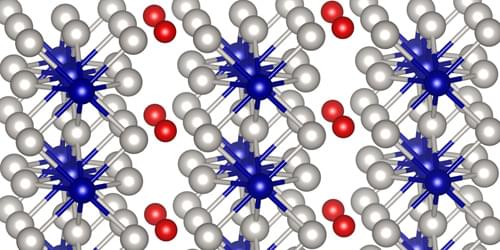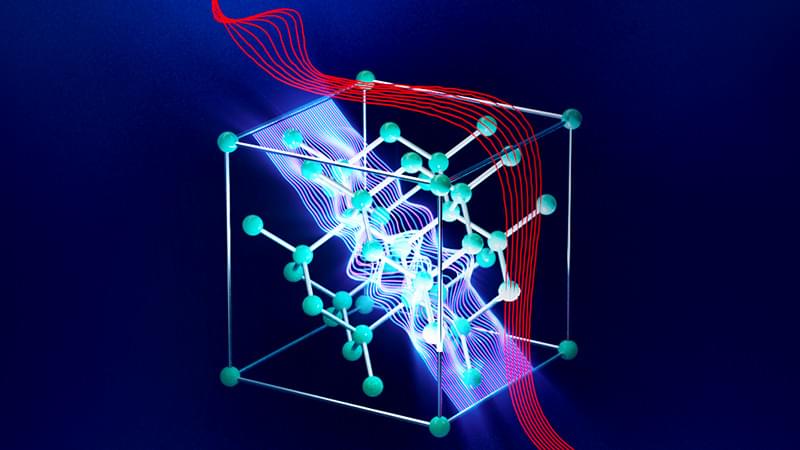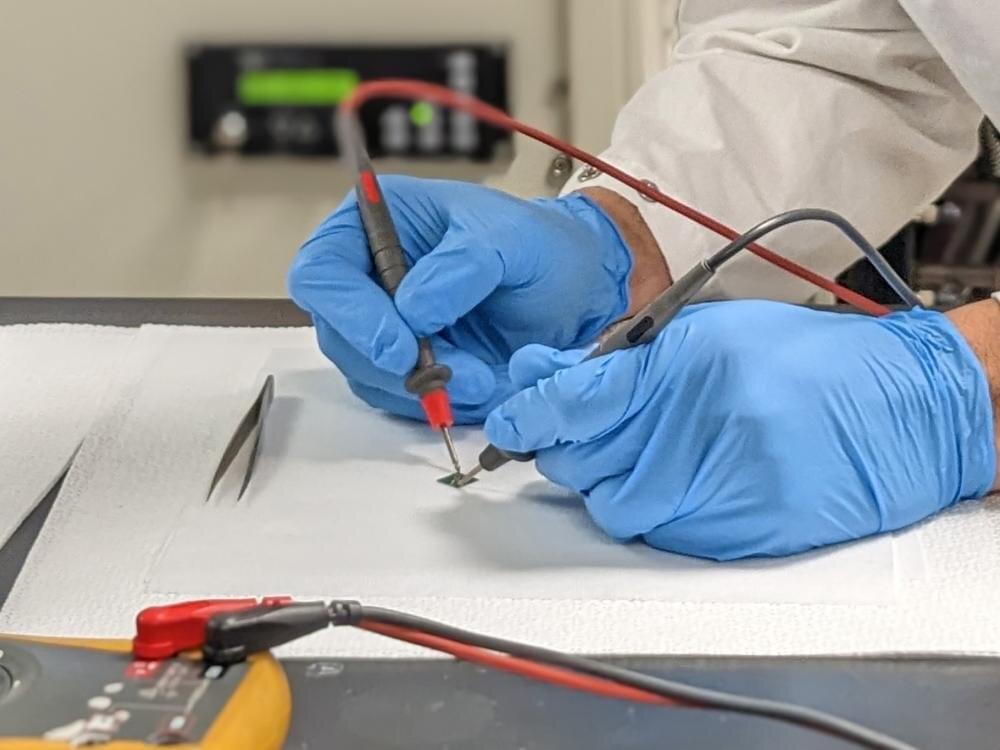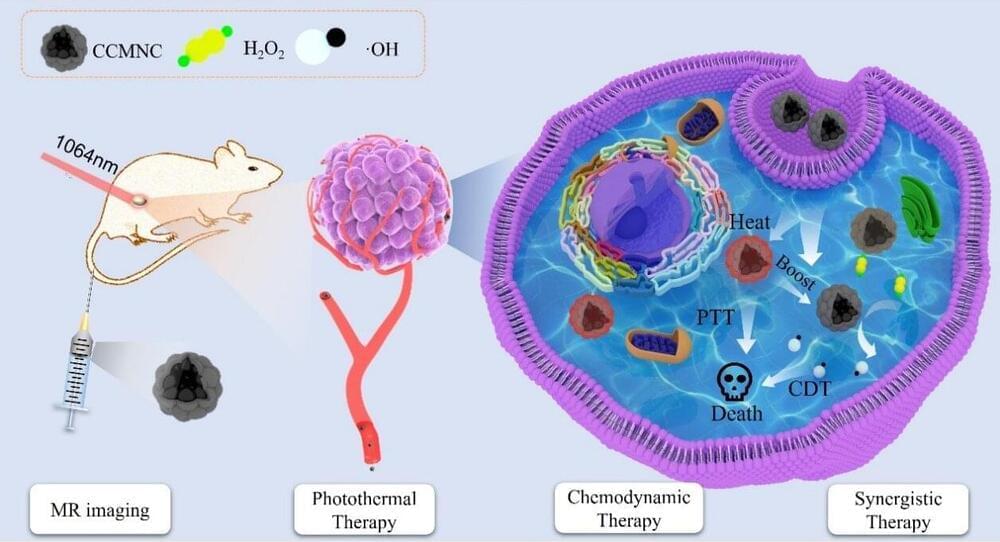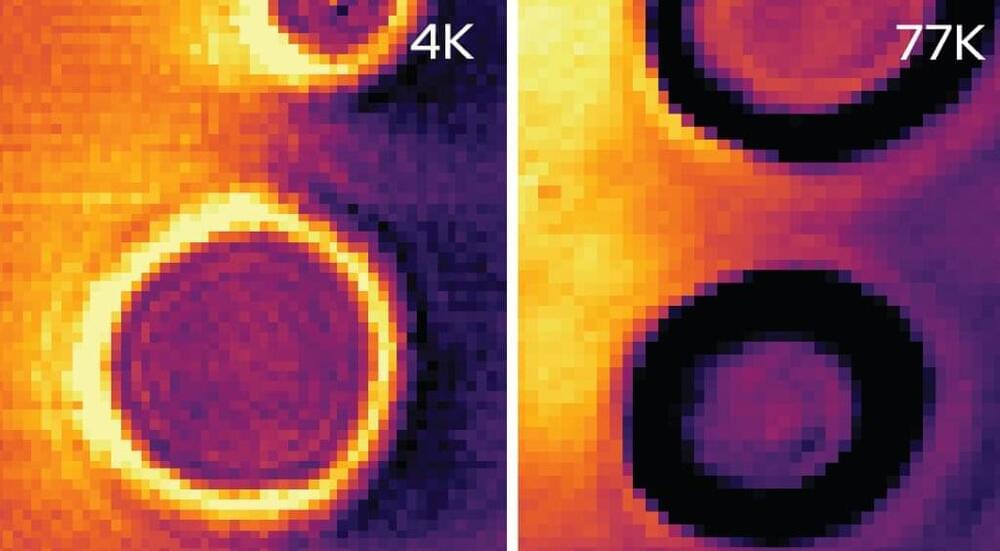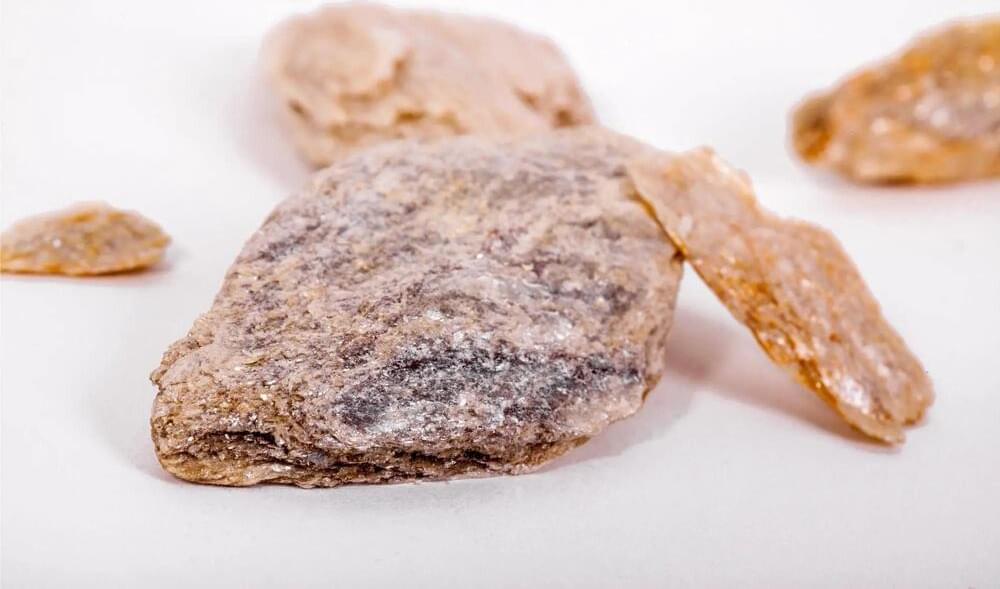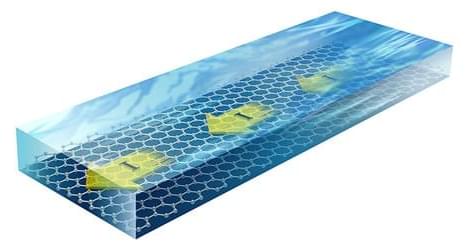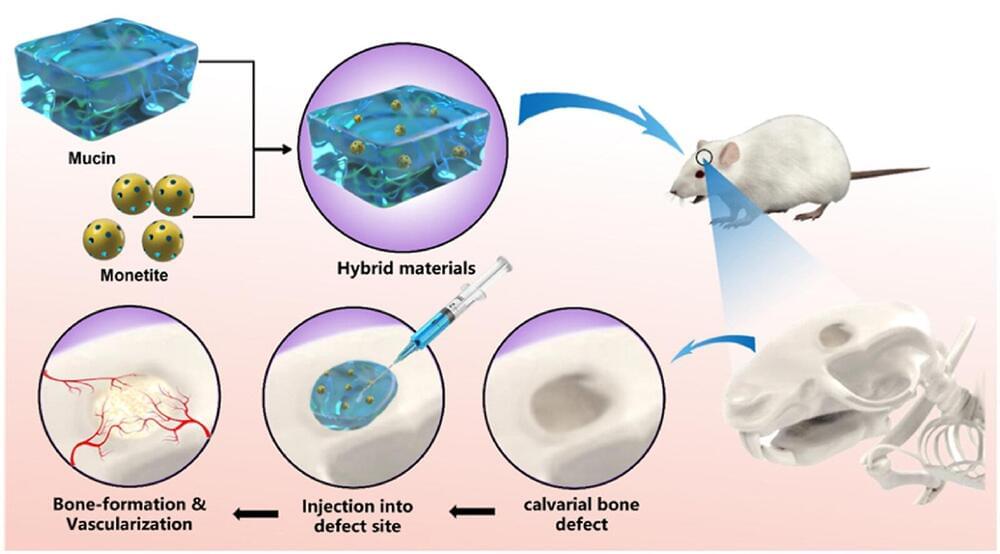Feb 22, 2023
Researchers make a new type of quantum material with a dramatic distortion pattern
Posted by Jose Ruben Rodriguez Fuentes in categories: materials, quantum physics
Researchers at the Department of Energy’s SLAC National Accelerator Laboratory and Stanford University have created a new type of quantum material whose atomic scaffolding, or lattice, has been dramatically warped into a herringbone pattern.
The resulting distortions are “huge” compared to those achieved in other materials, said Woo Jin Kim, a postdoctoral researcher at the Stanford Institute for Materials and Energy Sciences (SIMES) at SLAC who led the study.
“This is a very fundamental result, so it’s hard to make predictions about what may or may not come out of it, but the possibilities are exciting,” said SLAC/Stanford Professor and SIMES Director Harold Hwang.


